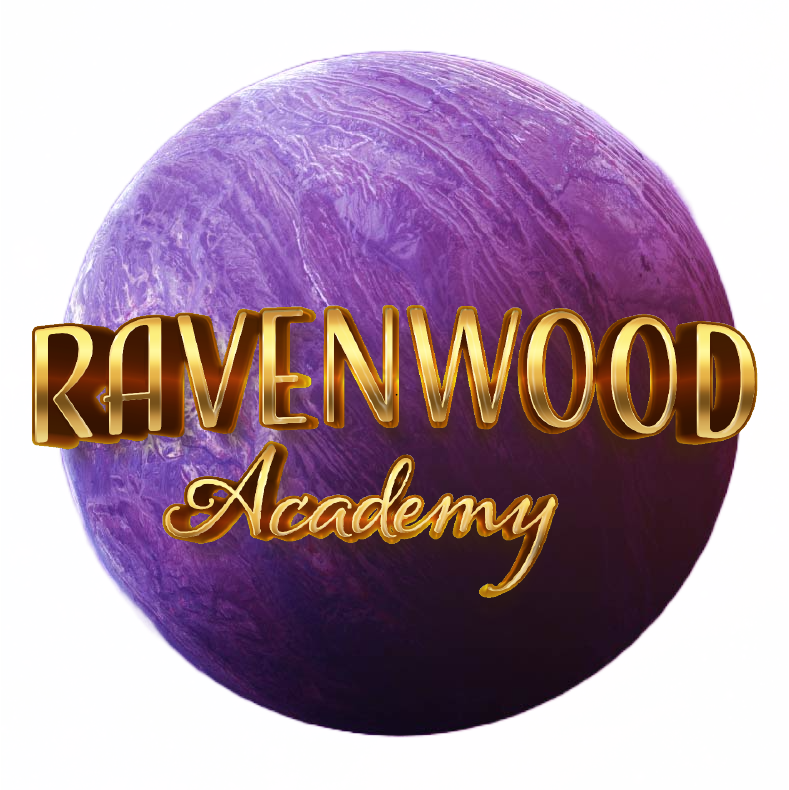
Intended for Musician and Non-Musician Alike

Welcome to the fourth annual Spiral Cup music competition, created to honor the success of our competitors in the Spiral Cup PvP competition. In the heart of Wysteria, Pigswick Academy thrives with the best school band of the Spiral, winning every single competition. Despite being the only competitor, we pride ourselves on our winning streak. Our judge tonight is composer Nelson Everhart. Unfortunately, our competition will be postponed until the magical occurrence that caused a crawling vine to run rampant and completely overrun the town is cleared. Enjoy your evening.
https://www.youtube.com/watch?v=J4oCifMm4b0
“Main Theme“
We begin with a confident, yet soft strike on the drum and cymbal as the horns begin the piece. The flute and the glockenspiel duo in some light counterpoint against the horns. The texture becomes more regal as the choir and harp adds-in. After this intrada, the clarinet begins its happy Major melody 00:25 seconds in, that can remind us of springtime. The eighth notes give us a quick feeling to the tempo as the sixteenth notes add an upbeat bounce.

Next, at 00:42 seconds, the woodwinds play a variation on the melody from before. Using the same notes and different rhythms, this gives the themes continuity between each other. By using such similar structures in the melody, they give Wysteria a musical identity. We associate this music to be happy, youthful, innocent – naïve. This reinforces the storyline that the Wysterian folk aren’t as good at magic as they seem.
This piece jumps from melody to melody, all with similar ideas that connect them together, such as an overture. The piece jumps into a waltz with the reeds having the melody and the brass keeping the time, promoting Wysteria’s elegance. Then, arpeggios float through the horns, passing the melody to the strings in a bold climax. The flute calms the piece down, leading us into the first melody we heard, played on the trombone. This section also mimics the texture we heard in the waltz, combining the various ideas that fasten the piece together.
https://www.youtube.com/watch?v=LB14GLh3jyQ
“Theme 1“

Echoing the magical climax from the previous piece, the texture begins with arpeggios and harmonizing descending lines from the piccolo and flute. Afterward, the violin and horn engage in counterpoint on top of the sustaining chords and texture added from the glockenspiel, giving a royal texture.
Next, we go into a new major key, contrasting the minor key from before. The brass keeps time, giving us a waltz. Even this develops as the cello plays a counter-melody through this. The horn plays the melody, passing it to the flute as the strings become the timekeeper. The theme passes around the ensemble back to the horns, and then to the oboe.
 After this, we enter a new section as the mood changes. The strings and percussion take this section, giving us the resolution to the climax. The horn settles down, playing the melody as a relaxing solo as the piece finishes.
After this, we enter a new section as the mood changes. The strings and percussion take this section, giving us the resolution to the climax. The horn settles down, playing the melody as a relaxing solo as the piece finishes.
https://www.youtube.com/watch?v=WcTZIK4AWRI
“Theme 2“

As the most cinematic score of Wysteria, we begin in silence as the harp crescendos in, setting the mysterious tone. The bass clarinet plays, interrupting the harp’s line, setting that there’s something beyond our grasp. This tidbit is the same melody that was played in the main theme, but now in a minor key. This is an operatic technique to signify we are now in the villain’s domain.
The high strings break the serenity in high intensity. The horns add-in, dipping back down to a quiet piano dynamic before immediately jumping back up to forte. The bass interrupts, mimicking the bass clarinet adding to the atmosphere. The suspended cymbal rolls into the glissando of the high, shrill strings.

 Afterward, we enter a new section. The harp strokes away at the strings as the violins play pizzicato, replicating the texture and giving harmony. The cymbal rolls before the cellos take over, playing an ostinato of a chord progression. The quick notes and low tone add tension. Tanglewood Way has been taken over by the forest and we are at the heart of the world’s trouble.
Afterward, we enter a new section. The harp strokes away at the strings as the violins play pizzicato, replicating the texture and giving harmony. The cymbal rolls before the cellos take over, playing an ostinato of a chord progression. The quick notes and low tone add tension. Tanglewood Way has been taken over by the forest and we are at the heart of the world’s trouble.
The flute plays the bass clarinet solo from before, accompanied by the arpeggios of the harp. This develops the idea by placing this melody on a texture we are used to, but now at the same time. The horns add-in, with the glockenspiel adding texture on the resolving chords. This segues into the glockenspiel’s mysterious solo that ends the piece.

Thank you, Starlights, for venturing through my tour of The Wysterian Honour Band. Have a wonderful evening.
 Disclaimer:
Disclaimer:
Please note: I transcribed the music from the original/classic mode music scrolls. Not all of my transcriptions are 100% accurate, but they are close and the rhythm is properly notated.



